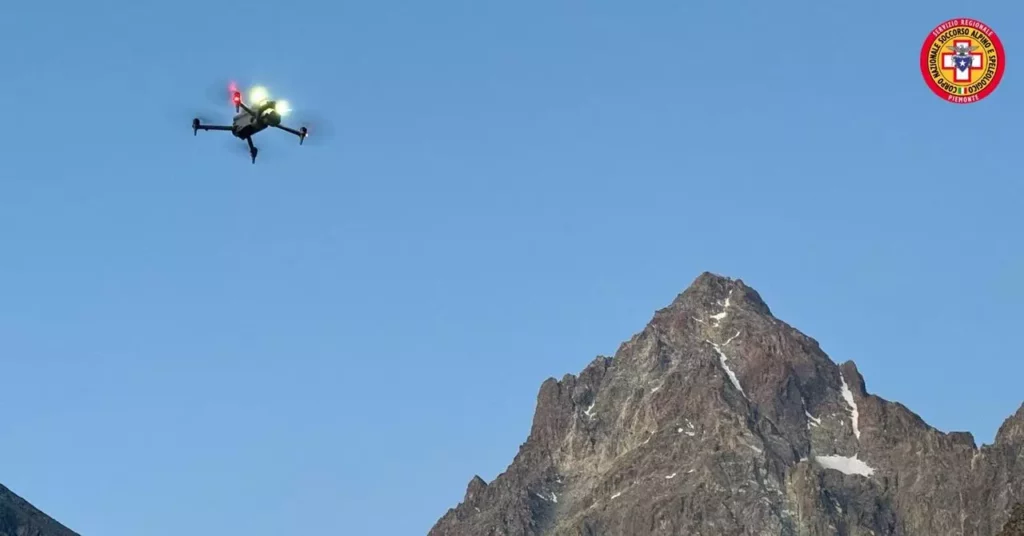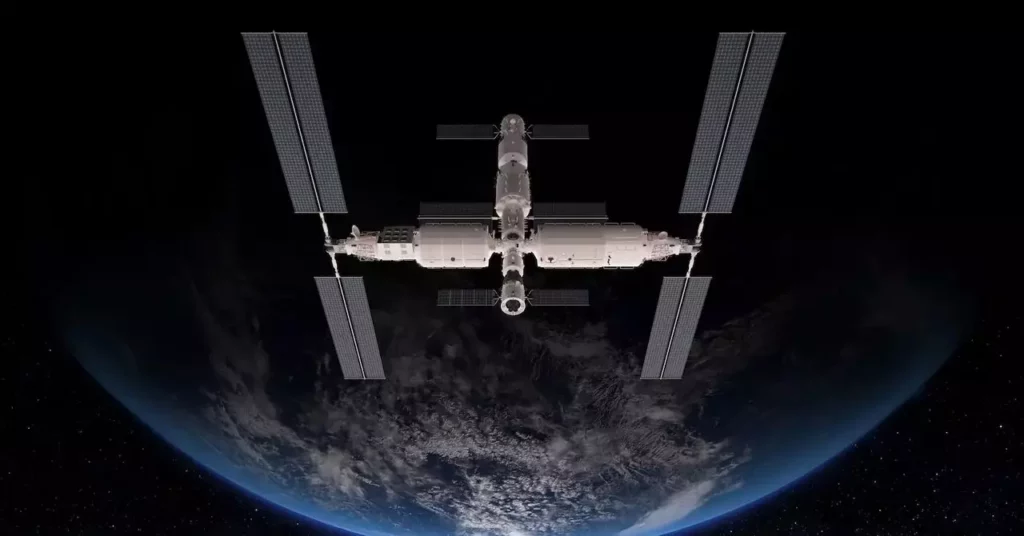Mountain rescues have long been among the most perilous and laborious operations faced by emergency services. When someone goes missing in vast, rugged terrains like the Alps, teams typically grapple with the challenge of sifting through extensive wilderness areas, often with limited visibility and unpredictable weather conditions. Historically, these efforts relied heavily on human patrols, facing weeks, sometimes months, of exhaustive search efforts that tested both the physical endurance and mental resilience of rescue teams. The process was slow, uncertain, and highly dependent on the experience and intuition of rescuers, with no guarantee of success.
This manual approach, while nonetheless heroic, was plagued by inefficiencies. It was often akin to searching for a needle in a haystack—an analogy that embodies the futility of traditional search methods when faced with immense geographical obstacles. The reliance on human effort alone meant many cases went unsolved or delayed, leaving families in agony and rescue teams exhausted.
The Emergence and Promise of Artificial Intelligence
Enter artificial intelligence—heralded as the new frontier in search and rescue, promising to revolutionize the landscape of mountain operations. When programmed with sophisticated algorithms capable of pattern recognition, AI can analyze thousands of images captured by drones within hours, pinpointing anomalies that might escape the human eye. The recent rescue operation on Monviso exemplifies this potential; AI identified a helmet amidst hundreds of frames, ultimately leading to the recovery of a missing hiker after over ten months.
The breakthrough showcased in this case isn’t merely about speed but accuracy. AI’s ability to discern subtle color differences and shapes within a cluttered landscape drastically reduces false positives and hastens the decision-making process. The implications are profound: rescue missions that previously took weeks could now conclude in a matter of hours, saving lives by minimizing delays.
The Overhyped Hype or Genuine Revolution?
However, it would be remiss to view AI as an all-encompassing solution devoid of limitations. While the Monviso rescue underscores the impressive capabilities of modern technology, it also highlights the importance of human expertise. The pilots, technicians, and mountain rescuers played an indispensable role—without their experience in navigating treacherous terrains and understanding the environment, the AI’s analysis would be merely a set of data points with no practical application.
Critically, AI systems depend on quality data inputs and proper integration with existing operational procedures. If implemented poorly or relied upon solely, they risk becoming overhyped novelties rather than transformative tools. Moreover, the efficacy of AI in these scenarios varies depending on terrain, weather conditions, and the quality of optical data collected. Overestimating its capabilities can lead to complacency or misguided reliance, potentially compromising safety.
From a broader perspective, the integration of AI into search and rescue is a double-edged sword. It can augment human efforts, making operations more efficient and successful, but it must never replace the critical thinking, intuition, and judgment of seasoned rescuers. Ensuring a balanced approach—where AI complements human skill rather than supplants it—should be the goal.
Implications for Future Search Strategies
Looking ahead, the adoption of AI in rescue missions suggests a paradigm shift in emergency response strategies. For governments and rescue organizations within center-right liberal frameworks, investing in technological advancements aligns with the ideals of efficiency and citizen safety without excessive government overreach. It emphasizes the importance of fostering innovation while maintaining a solid foundation of skilled human personnel.
Nevertheless, caution must be exercised to prevent technology from becoming a facade that distracts from necessary reforms—such as better infrastructure, enhanced training, and increased funding to field teams. Relying too heavily on AI risks sidelining these essentials and creating a false sense of security, which could be dangerous in complex or unpredictable environments.
Ultimately, AI’s true value in search and rescue hinges on transparency, rigorous testing, and integration within a framework that prioritizes human judgment. It offers a potent tool to save lives, but it requires a pragmatic, critically aware approach that recognizes both its strengths and limitations. The future of mountain rescue may well be a hybrid model—one where human resilience and technological innovation operate side-by-side, each amplifying the other’s capabilities.









Leave a Reply